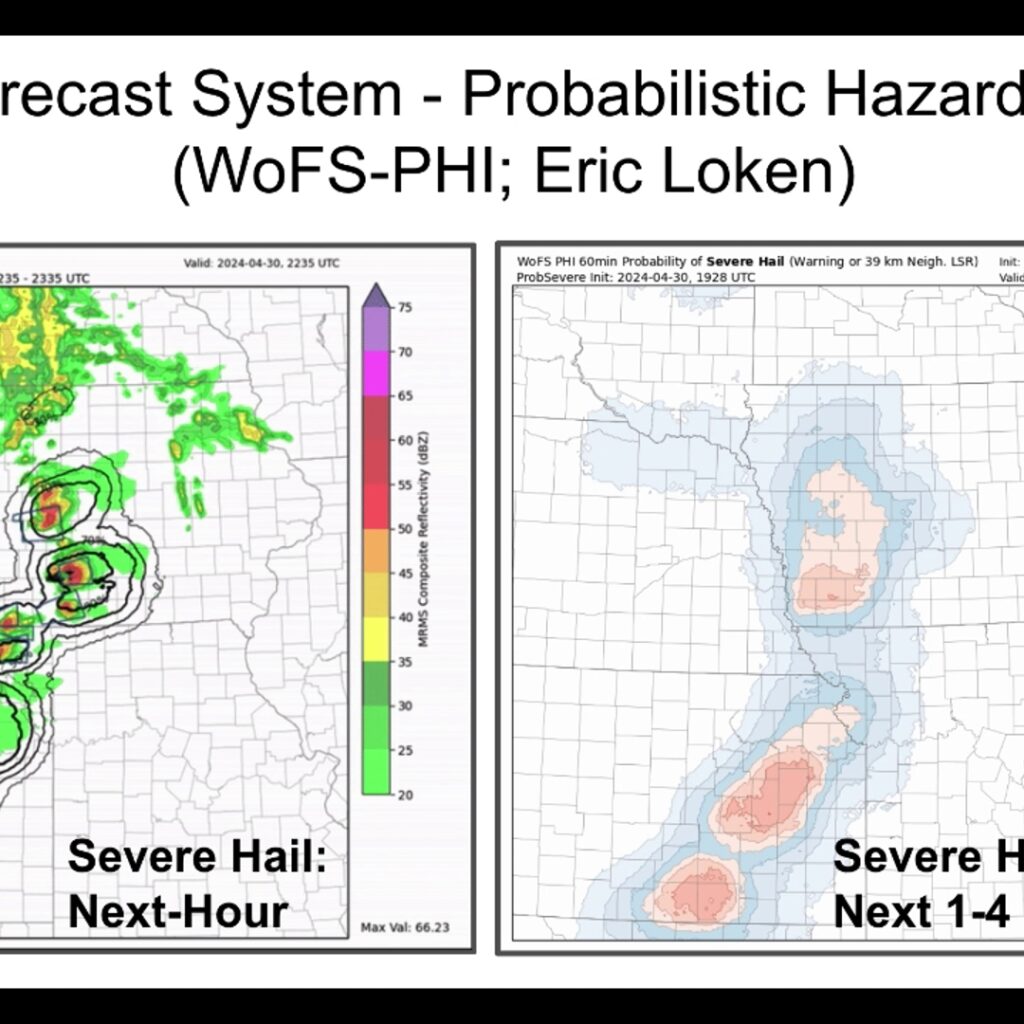Accurate weather data and predictions are essential in our daily lives. From planning outdoor activities to making key business decisions. In recent years, the introduction of Artificial Intelligence (AI) has resulted in substantial advances in weather forecasting. Allowing for more precise predictions and empowering numerous industries to make educated decisions. It is crucial to realize that different AI approach can affect forecasting accuracy, not all AI is created equal. This blog article will go over the significance of precise weather data and forecast, what artificial intelligence (AI) is. And how it help produce more accurate weather data and forecasting, and how businesses may benefit from these development.
Table of Contents
ToggleThe Value of Precise Weather Information and Prediction
But Precise weather information and forecast are essential. With early warning and preparing technique for extreme weather disasters like hurricane, tornado, and flood. They contribute to the protection of people and property. Forecasts that are accurate and timely enable people and authorities to take the appropriate safety measure, reducing the effect of these calamities.
Furthermore, accurate weather data is crucial for sector that depend significantly on weather, including trade, energy, transportation, aviation, agriculture. Weather forecast is used to optimize agricultural activities, guaranteeing proper use of pesticides and irrigation. And More effective route planning with shipping firm and airlines can minimize delays and maximize fuel use. Energy firms are able to forecast demand and modify electricity production appropriately. But Anticipating weather occurrence with risk and adjusting strategy accordingly, the commodity trading business may maximize profit.
AI: What is it?
Creation of computer system that carry out operation like speech recognition, problem-solving, and pattern recognition is known as AI. And AI system use models and algorithm to continuously enhance their performance after learning from enormous volume of data.
Machine Learning (ML) and Deep Learning (DL) are two main categories which AI techniques can be divided. Machine learning algorithm analyze data to find patterns. Then use those pattern to forecast outcomes or take appropriate action. But Artificial neural networks that replicate the composition and operations of the human brain are used in deep learning. A branch of machine learning, to enable computers to interpret and learn from complicated data.
How does weather forecasting using AI operate?
According to the publisher, Science, Google DeepMind’s AI weather forecasting algorithm, known as GraphCast. It has been trained on nearly 40 years of historical weather data to increase its accuracy.
And It required 32 computers and four weeks to train the AI.
But On a single desktop computer, the algorithm this generated can forecast weather up to ten days in less than a minute.
On 90% of 1,380 criteria, GraphCast’s accuracy greatly outperforms that of current weather systems.
According to the Google DeepMind researchers’ Science journal article, the AI is also more adept at tracking tropical cyclones and predicting catastrophic weather occurrences like extremely high temperatures.
What is the process of traditional weather forecasting?
Currently, weather forecasting relies on sophisticated computations performed with powerful supercomputers, or high performance computers, using data from buoys, satellites, and weather stations.
But This procedure is expensive and time-consuming. According to Google DeepMind experts, the European Centre for Medium-Range Weather Forecasts in Italy takes six hours to generate the most accurate weather forecasts in the world.
And Every six hours, or usually four times a day, this process is repeated.
Supercomputers employ a method known as “numerical weather prediction,” which is a laborious procedure that entails solving the weather’s governing equations.
Traditional weather forecasting is coming to an end.
Traditional tools are still used in AI weather forecasting. Human creativity and “traditional weather forecasting methods developed over decades, rigorously tested in many real-world contexts” are not replaced by AI.
The cooperation between traditional and developing forecasts is demonstrated with the ECMWF’s involvement in the GraphCast project, which gave them access to data and provided support.
But AI can provide accurate forecasts fast and cheaply, so there’s no reason not to start utilizing it alongside traditional approaches.The ECMWF has started presenting GraphCast forecasts alongside those of other AI and experimental models on its website, and it is now developing its own AI forecast model. Similarly, NOAA researchers have been considering whether and how to use GraphCast into their ensemble forecasts.”
Can the fight against climate change be aided by AI weather forecasting?
But Google is one of the participants of the AI Governance Alliance, a new effort from the World Economic Forum that is uniting stakeholders to guarantee the responsible development and implementation of the technology.
According to the Google DeepMind experts, GraphCast itself may be used to predict more issues, “such as climate and ecology, energy, agriculture, and human and biological activity.”
As a result, the technology may aid in forecasting extreme weather occurrences brought on by the climate problem, which the Forum’s Global threats Report 2023 identified as one of the top three global threats for the next two to ten years.




